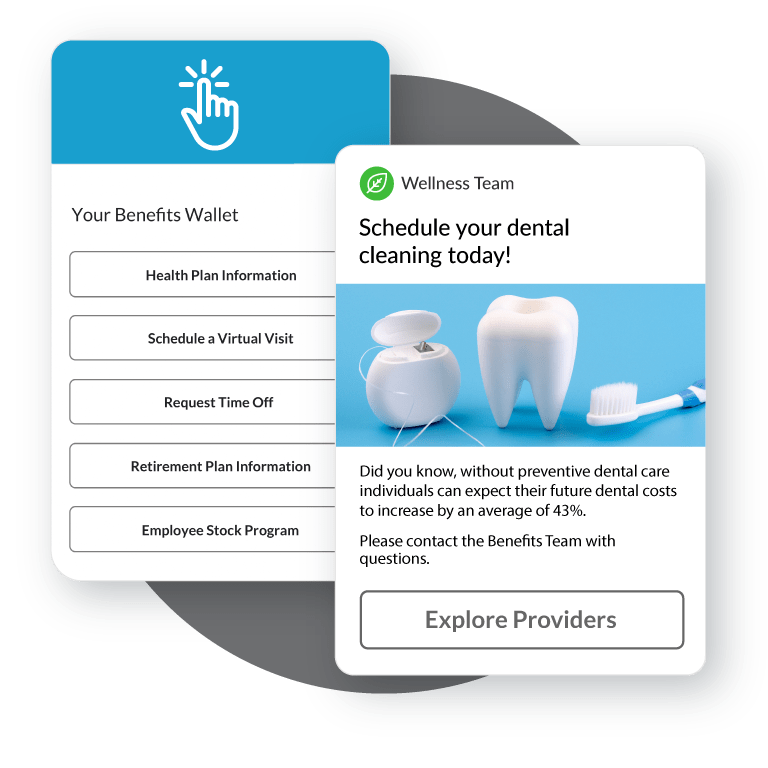The Essential Role of pH Knowledge for Beauty and Wellness Professionals
Introduction: Why pH Matters in Beauty and Wellness
In the beauty and wellness industry, every professional strives to deliver visible, lasting results for clients’ skin and hair. One scientific concept sits at the heart of effective treatments and product recommendations: pH . Understanding pH is not just a technical detail-it is a foundational skill for any professional aiming to enhance outcomes, prevent adverse reactions, and build lasting trust with clients. This article explains the science of pH, its real-world impact on skin and hair health, and provides actionable guidance for integrating pH knowledge into daily practice.
Understanding pH: The Science Behind Beauty
pH, or potential of hydrogen, is a measure of how acidic or alkaline a substance is, ranging from 0 (most acidic) to 14 (most alkaline), with 7 as neutral. In the context of beauty and wellness, this scale helps professionals determine how products and treatments will interact with the skin and hair’s natural chemistry. Human skin’s natural pH is slightly acidic, generally between 4.5 and 5.5, while the scalp averages around 5.5 and hair itself can be slightly more acidic, often below 4 [1] [2] [4] .
The Impact of pH on Skin and Hair Health
Maintaining the correct pH balance is crucial for preserving the skin’s natural barrier, known as the acid mantle. This barrier protects against bacteria, pollutants, and moisture loss. When pH is disrupted-by using products that are too acidic or alkaline-it can lead to dryness, sensitivity, irritation, and even conditions like acne or eczema [1] [5] . For hair and scalp, an improper pH can cause dullness, brittleness, increased oil production, or flaking [4] .

Source: pixabay.com
Real-world examples highlight these effects. For instance, soaps with a high pH (9-10) can strip the skin of its natural oils, increasing dehydration and altering the beneficial bacterial flora. Conversely, products with a pH closer to the skin’s natural level help maintain hydration and barrier function [5] .
Why Beauty and Wellness Professionals Must Understand pH
Professionals are entrusted with the health and appearance of their clients. Mastery of pH enables:
- Product Selection: Choosing cleansers, exfoliants, shampoos, conditioners, and treatments that align with the skin or hair’s optimal pH prevents irritation and maximizes results. For example, recommending a shampoo with a pH around 5.5 helps maintain scalp health, while avoiding alkaline products protects hair cuticles [2] .
- Treatment Safety: Chemical services-such as peels, relaxers, or coloring-require precise pH control to avoid damage. Professionals must assess client sensitivity and history, adjusting treatments accordingly.
- Client Education: Explaining the importance of pH empowers clients to make smarter at-home choices. This builds trust and positions professionals as knowledgeable advisors.
- Problem Solving: Understanding pH helps diagnose and address issues such as persistent dryness, breakouts, or color fading, enabling tailored solutions for individual clients.
For example, if a client experiences irritation after switching cleansers, a professional who considers pH can recommend transitioning to a product closer to the skin’s natural acidity, often resolving the issue quickly [1] .
How to Assess and Manage pH in Professional Settings
Implementing pH-conscious practices involves several steps:
- Learn Product pH Values: Many manufacturers disclose pH on packaging or websites. When in doubt, contact the company directly or use professional-grade pH strips/meters to test products.
- Match to Client Needs: Assess each client’s skin or hair type and current concerns. Sensitive or compromised skin typically requires products at the lower end of the pH scale (4.5-5.5). For hair, colored or chemically treated strands benefit from mildly acidic products to minimize cuticle disruption.
- Monitor for Signs of Imbalance: Watch for dryness, redness, flaking, or increased oiliness, all of which may indicate pH disruption. Adjust product regimens accordingly.
- Educate Clients: Encourage clients to avoid harsh soaps and shampoos, especially those with undisclosed or high pH levels. Suggest gentle, pH-balanced alternatives and explain why this matters for their individual needs.
It’s important to recognize that not all products disclose pH. In these cases, professionals should rely on their training, product knowledge, and ongoing communication with suppliers.
Challenges and Solutions in pH Management
One common challenge is the lack of standardized pH labeling, particularly among smaller brands or boutique formulations. To address this, professionals can:
- Request technical data sheets from suppliers.
- Use pH test strips or digital meters to evaluate in-house products.
- Prioritize products from brands with transparent ingredient and pH disclosures.
Another challenge is client noncompliance at home. To combat this, professionals should offer simple, jargon-free explanations of pH and its impact, provide written care instructions, and recommend reputable sources for pH-balanced products.
Alternative Approaches and Ongoing Education
While pH is a key factor, it is not the only consideration in skin and hair care. Professionals should also assess hydration, sun exposure, and lifestyle factors. Combining pH knowledge with holistic wellness principles ensures comprehensive care [3] .
Continuing education is crucial as new research and product formulations emerge. Professionals can stay current by attending accredited workshops, subscribing to industry journals, and participating in manufacturer-led training sessions. Many professional associations and product companies offer resources for learning about advances in pH-related technology and best practices.
How to Access pH Training and Resources
Beauty and wellness professionals seeking to deepen their pH knowledge can:
- Enroll in advanced cosmetology or esthetics courses that include cosmetic chemistry modules. Contact your state-licensed beauty school or professional association for accredited options.
- Attend workshops or webinars from established manufacturers or organizations. These may cover pH testing, product formulation, and case study analysis.
- Read industry publications featuring the latest research on pH and its effects. Search for terms like “skin barrier function,” “acid mantle,” and “hair cuticle pH.”
- If you require specific product information, contact the manufacturer or visit their official website for data sheets and ingredient disclosures. If pH is not listed, request it through their customer service channels.
- For ongoing professional support, consider joining associations such as the Professional Beauty Association (PBA) or the American Association of Cosmetology Schools (AACS), which often provide access to continuing education in scientific topics.
If you are unsure where to find accredited courses or reliable product sources, you can search “cosmetology continuing education pH courses” or “cosmetic chemistry certification” to find programs in your area.

Source: jooinn.com
Summary: Empowering Professionals and Clients Through pH Knowledge
Understanding and applying pH science is vital for every beauty and wellness professional. It enhances the effectiveness of treatments, safeguards client health, and differentiates professionals in a crowded market. By committing to ongoing education and transparent communication with clients, practitioners can ensure optimal outcomes and long-term client satisfaction.
References
[1] With Simplicity Beauty (2025). Why pH is Important in Skincare.
[2] Atlas Scientific (2024). The Importance of pH In Cosmetics And Skincare.
[3] Sensorex (2023). The Significance of Skin pH in Cosmetics Manufacturing.
[4] Meridian College (2024). Why is pH So Important for Scalp and Hair Health?



